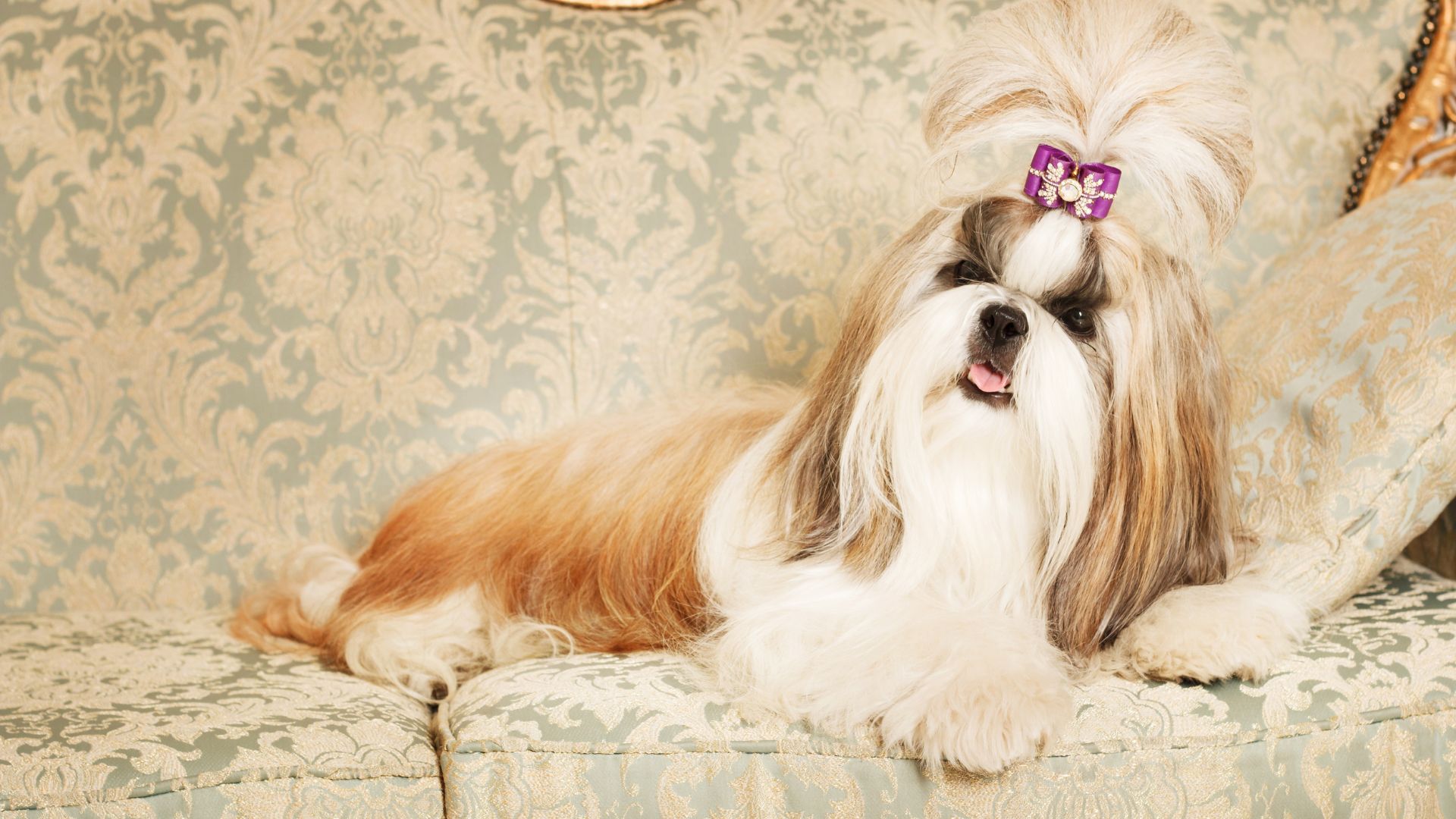The demand for designer dogs has skyrocketed in recent years, and it’s not just a fad. Pet owners are actively seeking hybrids with the perfect coat type, the right size, and just the right dash of personality. Basically, custom pups are the new couture.
Designer breeds are the love-child of two purebreds, created to blend the best traits of both worlds. Think of it as matchmaking, but with fur and floppy ears. Sometimes you get “best of both,” a little sass, and always a lot of cuteness.
Families adore these mixed-breed pups because they’re often friendly, trainable, and adaptable. Seniors love them for their manageable size and easy companionship. First-time owners? They’re obsessed with how approachable these dogs can be.
Of course, it’s not all fairy dust—breeding and health play a huge role in just how amazing your pup turns out. Knowledge is power, right?
So, let’s dive into the most loved designer dog breeds—and unleash your perfect match.
Best Designer Dog Breeds
1. Labradoodle
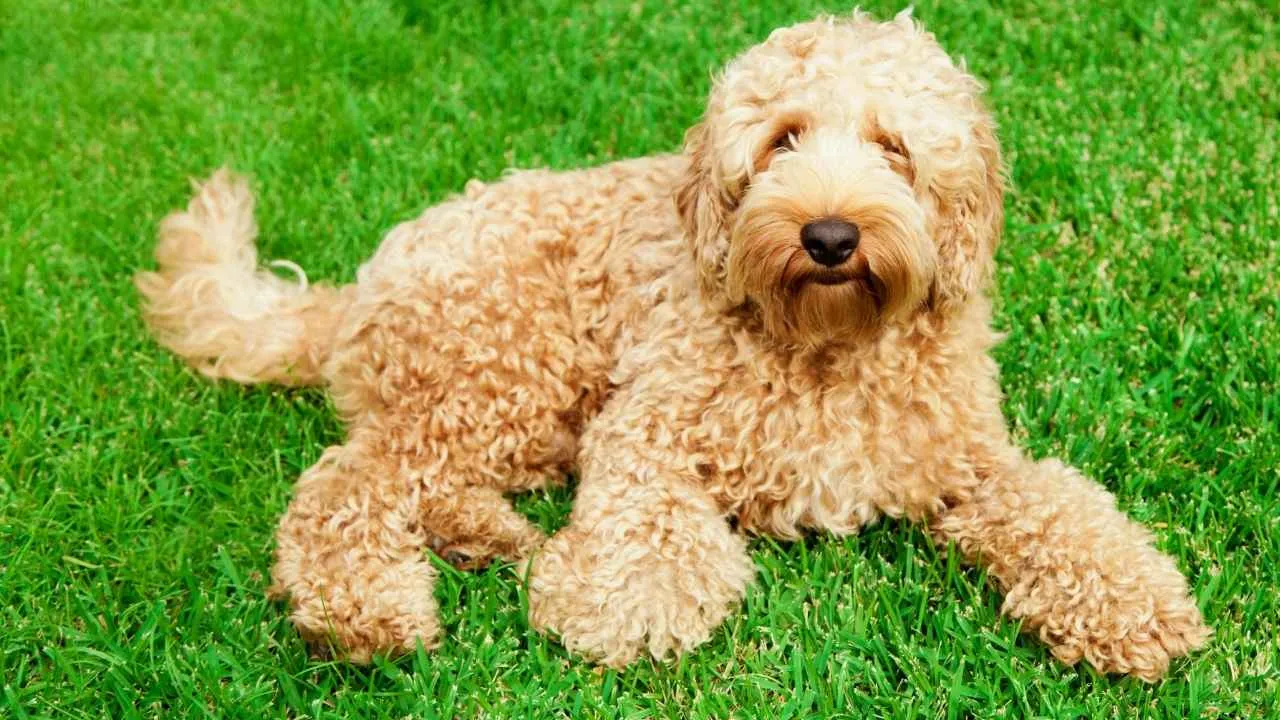
The Labradoodle was first bred in Australia during the late 1980s as an attempt to create a guide dog suitable for allergy sufferers, says the Australian Labradoodle Association.
What happened instead?
The world fell head over paws for this cross of the loyal Labrador Retriever and the clever, low-shedding Poodle. It’s the original “designer dog” that proved hybrids could be both practical and irresistibly lovable.
What really makes Labradoodles shine is their versatile personality. They’re smart enough to ace obedience, goofy enough to keep kids entertained, and affectionate enough to charm even the grumpiest grandparent. Plus, they adapt beautifully to suburban homes, city apartments, and even farm life.
Coat: Wavy to curly, low-shedding, requires regular brushing
Grooming: Professional trims every 6–8 weeks
Diet: Balanced, protein-rich diet; watch weight as they love food
Watch-outs: Prone to hip dysplasia; early training is key
Pros? Hypoallergenic potential, loyal companionship, and top-tier family dog status.
Cons? High energy means daily walks aren’t optional.
The Labradoodle thrives with active families, playful kids, or retirees who want a dog that doubles as both a jogging companion and a cuddle partner.
2. Goldendoodle
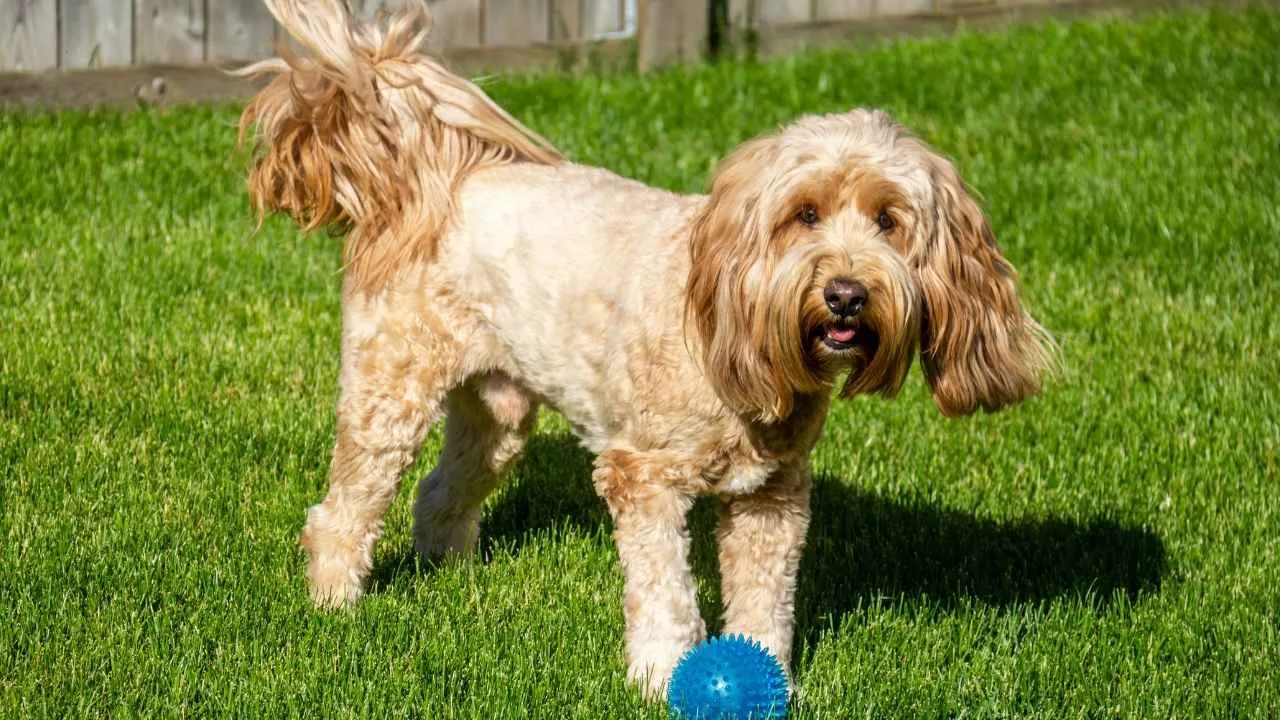
The Goldendoodle burst onto the scene in the 1990s when breeders decided to pair the family-favorite Golden Retriever with the intelligent Poodle.
The result?
A charismatic fluffball that quickly became a household name. Goldendoodles are basically the golden child of the designer dog world—literally and figuratively.
Hills Pet says that they’re gentle, outgoing, and affectionate, with just enough energy to keep things interesting without being over the top. Their social nature makes them fantastic therapy and emotional support dogs, but they’ll just as happily claim “best friend” status with kids and grandparents alike.
Coat: Soft curls or waves, usually low-shedding
Grooming: Regular brushing; clipping every few months
Diet: High-quality kibble with omega-3s for coat health
Watch-outs: Can develop separation anxiety if left alone too often
Goldendoodles tick almost every box for families seeking companionship. They’re easygoing, eager to please, and melt hearts on sight.
Downsides? They can be clingy, and their grooming bill might rival your salon visits.
The ideal owner is someone who’s home often, ready for cuddle marathons, and willing to splurge on squeaky toys.
3. Cockapoo
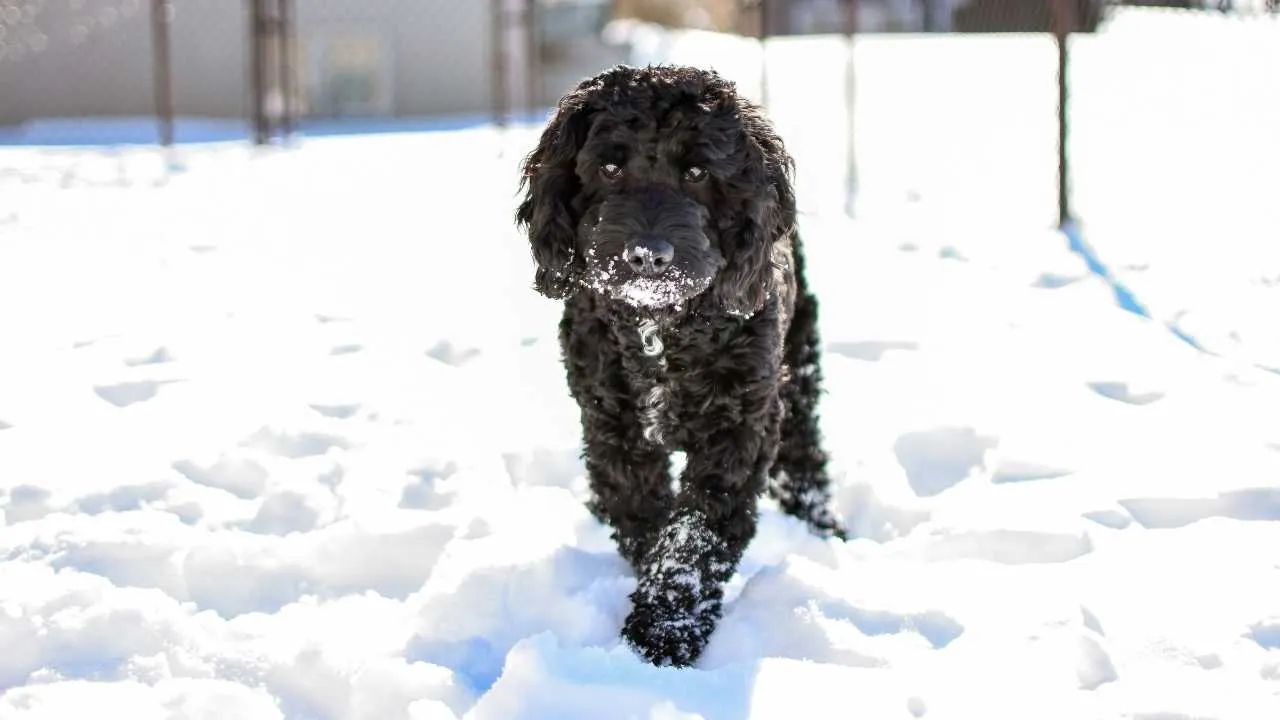
Meet the Cockapoo: one of the original designer dogs, first bred in the U.S. as early as the 1960s. This mix of the Cocker Spaniel and the Poodle became a surprise hit, combining the merry spirit of the Spaniel with the intelligence and hypoallergenic appeal of the Poodle.
Decades later, they’re still stealing hearts as one of the most endearing hybrid breeds around.
PetMD reveals that Cockapoos are charmers with big personalities in small-to-medium packages. They thrive on human company, love a good play session, and adapt easily to both apartments and larger homes.
Their adaptable temperament makes them a dream companion for seniors, singles, and families alike.
Coat: Soft, curly or wavy, usually minimal shedding
Grooming: Brush several times a week; trims every 2–3 months
Diet: Nutrient-rich, portion-controlled meals; they’re prone to overeating
Watch-outs: Ear infections (thanks to floppy ears) and dental care needs
The Cockapoo’s pros are endless: affectionate, trainable, and wonderfully social.
Their cons? They can be velcro dogs who dislike being left alone.
Ideal owners are those who enjoy constant companionship, don’t mind a little sass, and love a pup that will follow them from room to room like an adorable shadow.
4. Maltipoo
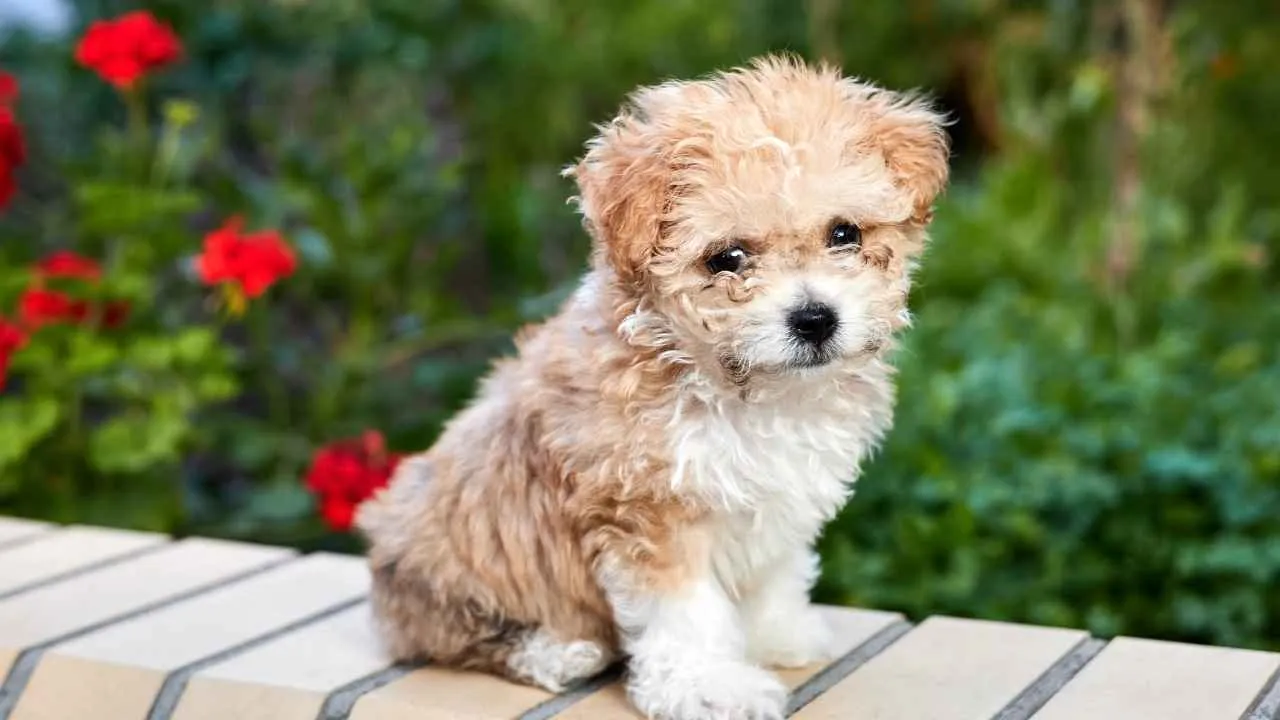
The Maltipoo is the poster pup for cuteness overload. A cross between the Maltese and the Poodle, this breed was crafted for companionship—and oh boy, does it deliver.
Bred mainly in the U.S., the Maltipoo’s popularity skyrocketed in the 1990s when families realized they could have an adorable, small dog that was also easier on allergies.
Purina mentions that personality-wise, Maltipoos are affectionate snuggle bugs who love being the center of attention. They’re lively enough to keep kids entertained but small and gentle enough to cuddle with seniors. Apartment living? Totally their vibe.
Coat: Fluffy, soft, low-shedding; often cream or apricot
Grooming: Brush daily; trims every 4–6 weeks
Diet: Small-breed food, portion-controlled; watch sugar in treats
Watch-outs: Dental issues, fragile joints, prone to barking
Pros: Tiny size, adaptable nature, perfect cuddle partner.
Cons: Separation anxiety if left solo too long.
The Maltipoo is ideal for owners who want a lap warmer with a touch of sass.
5. Schnoodle
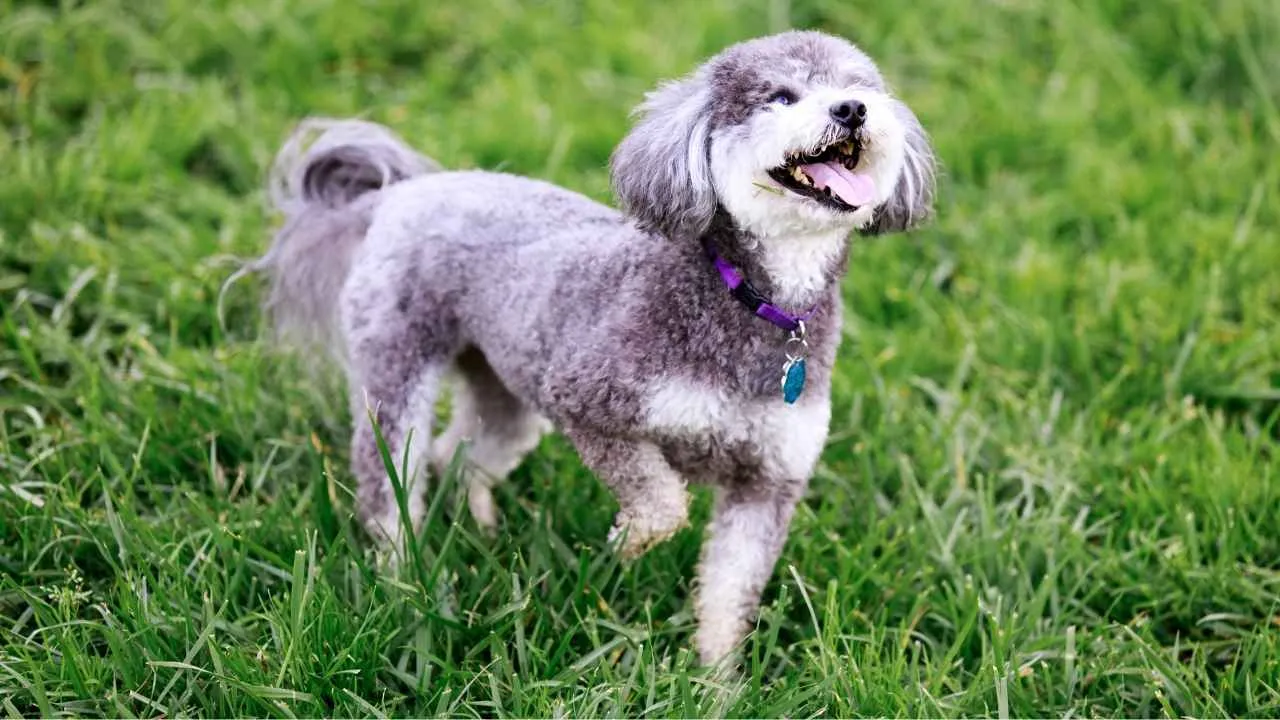
The Schnoodle is equal parts sass and smarts, born from the mix of the Schnauzer and the Poodle. Originally bred as a companion dog, its popularity soared thanks to its versatility—ranging from pint-sized toy versions to bigger, sturdier standards. Think watchdog energy meets goofy charm.
They’re playful, protective, and whip-smart. Schnoodles bond closely with their humans and love being part of the action. They’re just as comfortable guarding the house as they are joining you on a Sunday hike.
Coat: Curly or wiry, low-to-non-shedding
Grooming: Brush weekly; professional grooming every 6–8 weeks
Diet: Balanced kibble with supplements for joint and coat health
Watch-outs: Territorial barking; may inherit a stubborn streak
Pros? Loyal, intelligent, adaptable in size and lifestyle.
Cons? Can be vocal and a bit bossy without training.
The Schnoodle fits perfectly with active families or singles who love a little spunky personality in their pup.
6. Yorkipoo
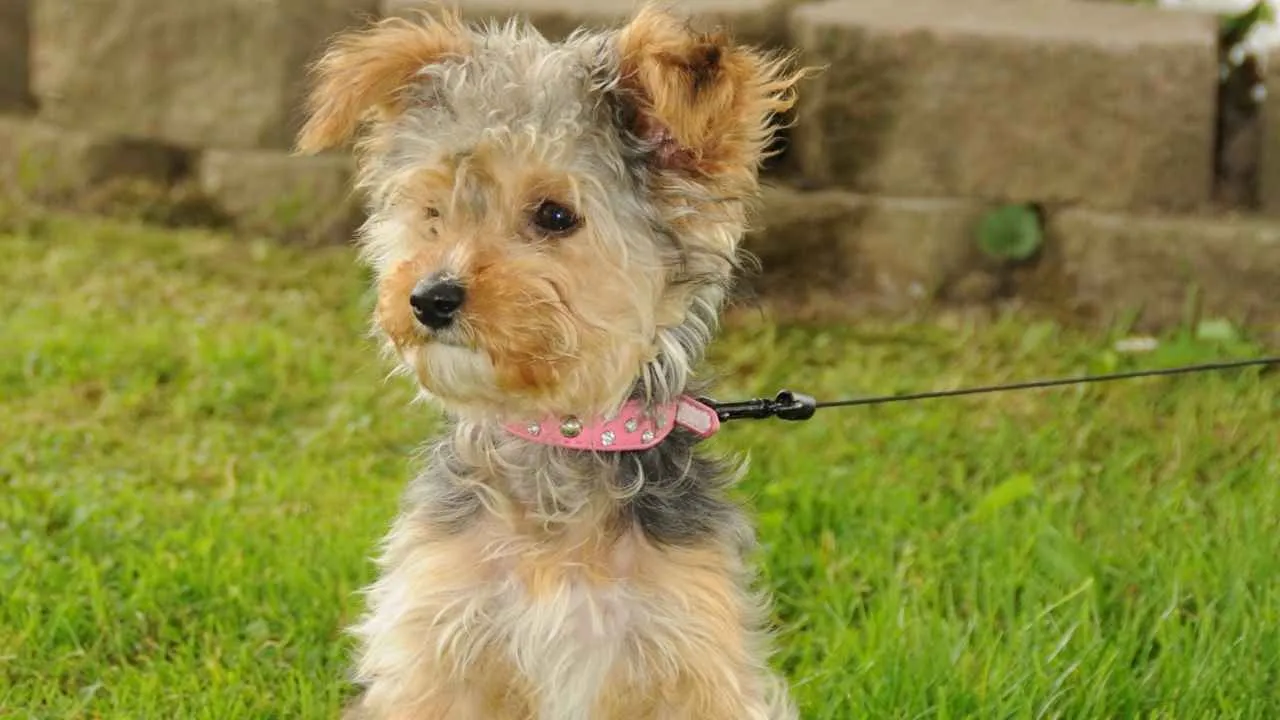
The Yorkipoo, a mix of Yorkshire Terrier and Poodle, is a tiny dog with a mega personality. Created as a companion breed, it’s been winning hearts for decades with its portability and fearless little-dog energy. Basically, Yorkipoos are the pocket-sized divas of the designer dog world.
They’re lively, affectionate, and surprisingly trainable—though they’ll keep you on your toes with their cheeky antics. Yorkipoos adapt well to apartments but still need playtime to burn off their zoomies.
Coat: Silky, curly, or wavy; low-shedding
Grooming: Regular brushing; trims every 6–8 weeks
Diet: Small-breed kibble; monitor for dental health
Watch-outs: Fragile bones, barking tendencies, separation anxiety
Pros: Compact size, loads of personality, travel-friendly.
Cons: Delicate around small kids, can be stubborn.
Yorkipoos are ideal for city dwellers, singles, or retirees seeking a pint-sized pup with plenty of personality.
7. Shih-Poo
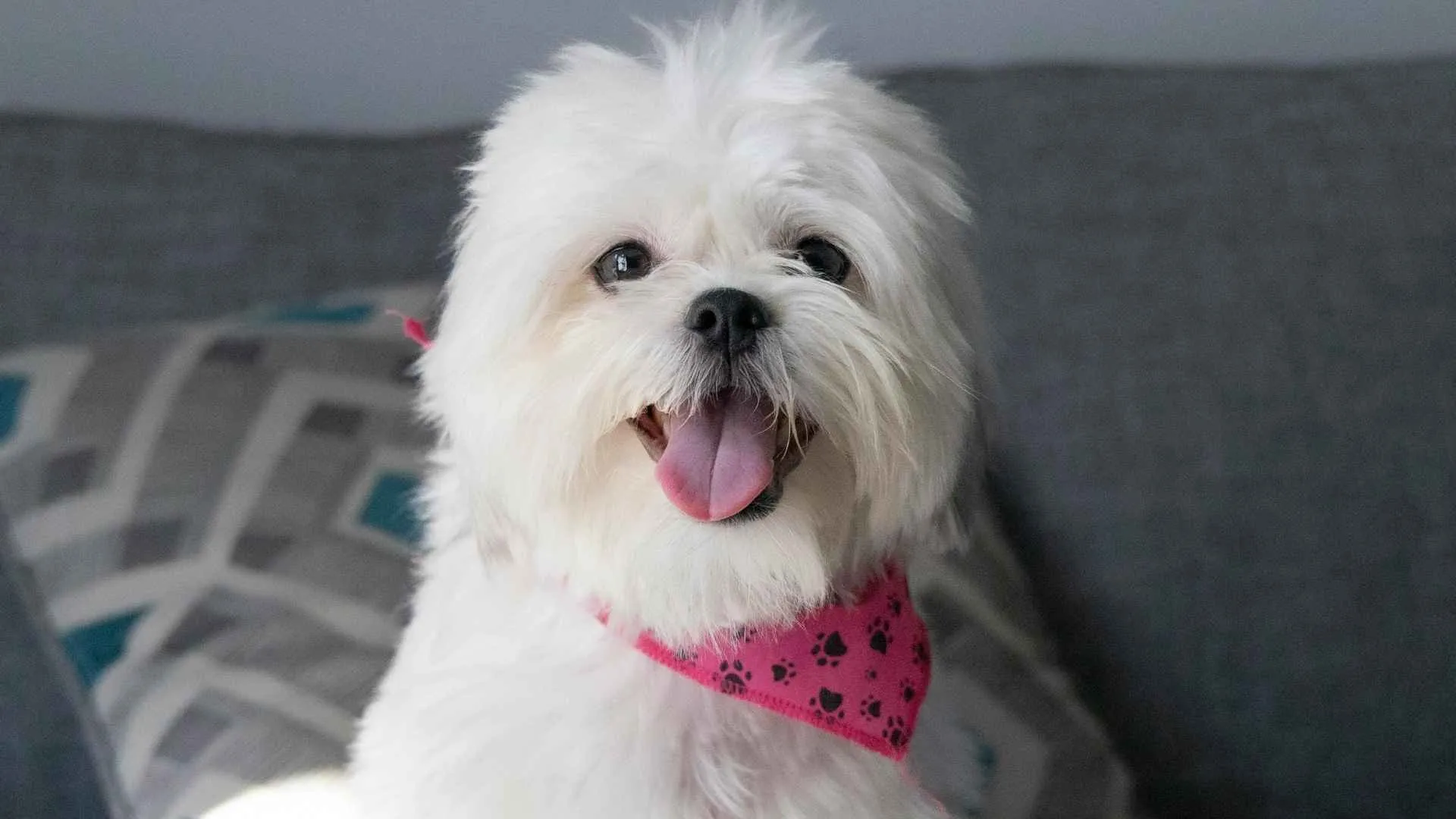
The Shih-Poo, a cross between the regal Shih Tzu and the clever Poodle, is a little bundle of charm that’s both royal and playful. First bred in the U.S., it quickly became a hit as a small, apartment-friendly dog with low-shedding appeal.
Shih-Poos are affectionate lap dogs who adore attention and thrive on companionship. They’re spirited enough to make playtime fun but mellow enough to spend hours snoozing beside you. Talk about balance.
Coat: Curly or wavy, soft, requires upkeep
Grooming: Brush often; trims every 6–8 weeks
Diet: Small-breed formulas; watch calorie intake to prevent weight gain
Watch-outs: Dental issues, breathing difficulties if the snout is shorter
Pros? Loving, adaptable, excellent for seniors or apartment living.
Cons? Grooming upkeep and a potential for stubborn streaks.
The Shih-Poo shines with owners who want a devoted, cuddle-first companion who doubles as a pint-sized comedian.
FAQs
Do designer dogs really shed less and cause fewer allergies?
Some do, but it depends on their parents and genetics. Breeds mixed with Poodles often have a fluffier, low-shedding coat, but there’s no guarantee. Always spend time with a puppy first to see if your allergies agree.
What should new owners know before adopting a designer dog?
Designer dogs can inherit the best—or the “oops”—from their two breeds. That means traits, personalities, and even potential health issues can vary within a single litter. Research, meet the offspring, and be sure you’re ready for grooming, training, and commitment.
Are designer dog breeds easier to train than purebred dogs?
Not always! While many hybrids benefit from their parents’ smarts (hello, Poodle genes!), others can be stubborn or energetic like their ancestors. Early training, consistency, and a lot of patience are the real secret ingredients.
Conclusion
At the end of the day, whether it’s a Bichon Frise, a curious Beagle, or a sassy Chihuahua, all dogs bring love and quirks from their ancestors. Some mixed-breed dogs may even show off that famous hybrid vigor, while others still face common health issues like respiratory issues in a French Bulldog.
Every puppy—whether from pet stores or careful breeders—carries unique characteristics shaped by genetics, generations, and their parents. That means no matter how “perfect” the two breeds seem, the offspring in each litter can surprise you.
The real secret? Choose a pup that fits your lifestyle, whether you want an energetic playmate or a fluffy cuddle companion. Ready to find your match? Go review your options and bring home an affectionate breed that makes your world brighter.


